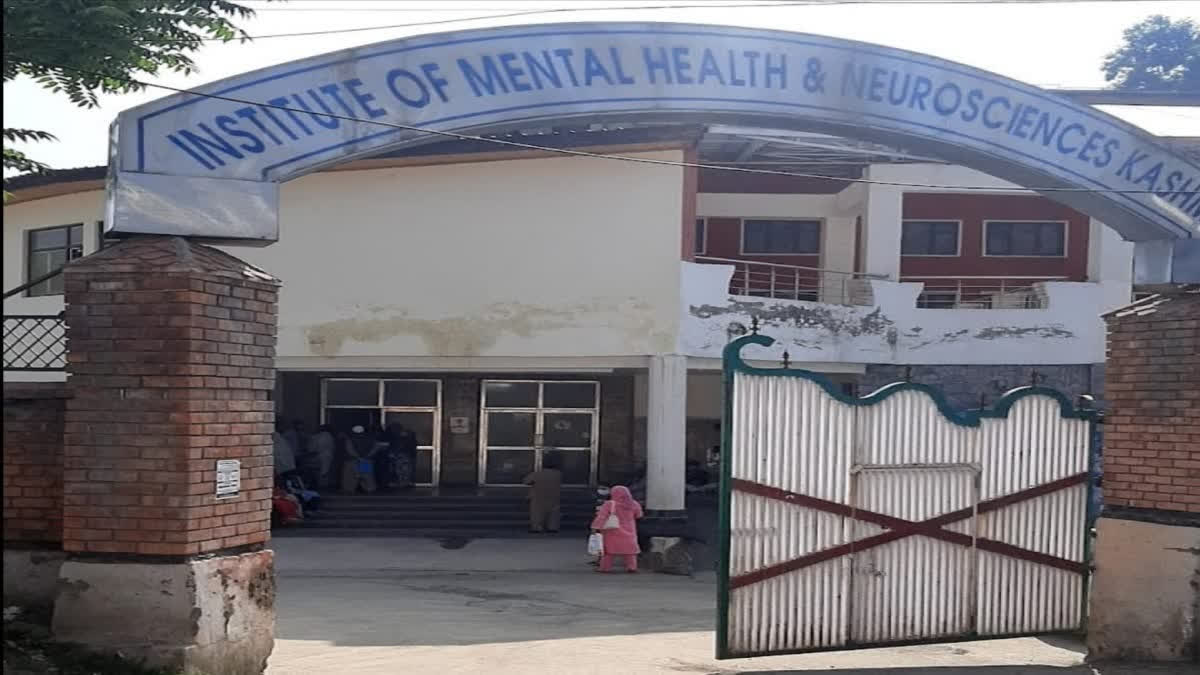
Srinagar (Jammu and Kashmir): A recent study by the Institute of Mental Health and Neurosciences, Kashmir (IMHANS-K), GMC Srinagar, has revealed a 7-10 per cent prevalence of Attention Deficit Hyperactivity Disorder (ADHD) among children in Kashmir, highlighting associated risks of substance abuse.
ADHD, a neurodevelopmental disorder marked by hyperactivity and inattention, typically emerges before age 12. Despite its higher prevalence in males, ADHD can persist into adulthood, increasing risks of substance misuse and vocational challenges.
Conducted over 12 months from March 2021 to February 2022 at IMHANS-K’s Child Guidance and Wellbeing Centre, the study examined the socio-demographic and clinical profiles of 208 children aged 6-16 years diagnosed with ADHD. The findings showed a male predominance of 69.2%, consistent with established models. ADHD prevalence decreases with age, aligning with symptom reduction trends.
Socio-economic analysis revealed a higher prevalence of ADHD in the lower middle and the upper lower classes, suggesting financial difficulties as a potential predictor. The combined subtype of ADHD was the most prevalent at 71.2 per cent.
This story was originally published in etvbharat.com. Read the full story here.





